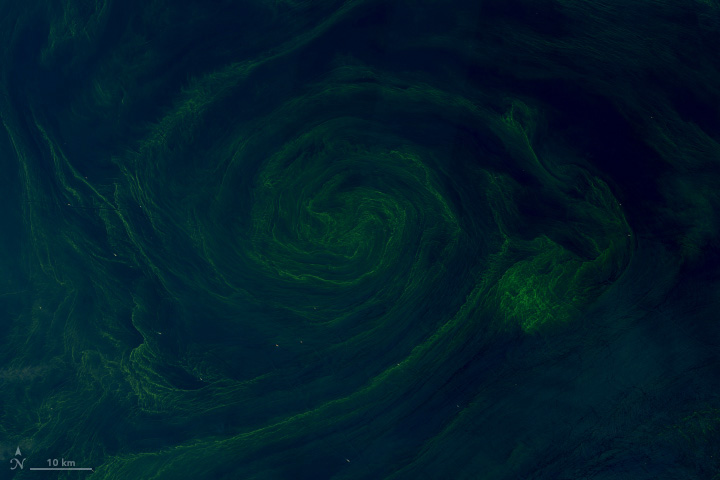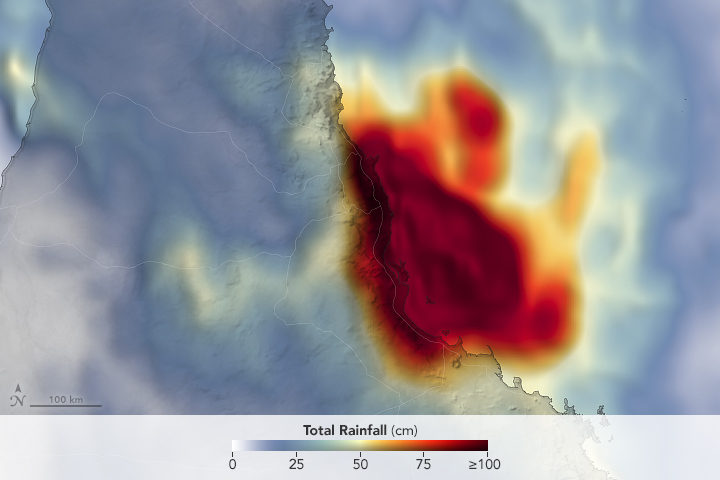- Home
- Missions
- Data
- Communications
- People
- The Earth Observer Newsletter




Recent Imagery
You will be directed to the NASA Visible Earth webpage when you select Images by Mission below, or click on the images at right that are randomly generated to represent four out of all possible topics.
You are here
Stratospheric Aerosol and Gas Experiment III on ISS (SAGE III-ISS)
Status:
Current, Extended Mission
Mission Category:
Earth Systematic Missions Program
Launch Date: February 19, 2017
Launch Location: Cape Canaveral Air Force Station
The SAGE III instrument is used to study ozone, a gas found in the upper atmosphere that acts as Earth’s sunscreen. More than 25 years ago, scientists realized there was a problem with Earth’s thin, protective coat of ozone...it was thinning. The SAGE family of instruments was pivotal in making accurate measurements of the amount of ozone loss in Earth's atmosphere. SAGE has also played a key role in measuring the onset of ozone recovery resulting from the internationally mandated policy changes that regulated chlorine-containing chemicals, the Montreal Protocol, which was passed in 1987.
Today, the SAGE technique is still the best for the job, and NASA scientists are preparing to send the third generation of the instrument into space. However, not just any spacecraft will do for SAGE III. Scientists have been keeping it safe, waiting for the day that it could go where no continuous Earth-observing instrument has gone before – the International Space Station (ISS).
Instead of flying on an un-manned satellite, SAGE III will be mounted to the ISS where it will operate alongside experiments from all over the world in the space-based laboratory. The orbital path of ISS will help maximize the scientific value of SAGE-III observations while proving that atmospheric science instruments do have a place on the space station.
Key Stratospheric Aerosol and Gas Experiment III on ISS Facts
| Mission/Portal Page: | https://sage.nasa.gov/missions/about-sage-iii-on-iss/ |
|---|---|
| Launch Vehicle: | SpaceX Falcon 9 |
| Altitude:Distance from sea level. | 350km |
| Inclination: | 51.6° |
| Origination: | NASA, ESA |
| Instruments: |
SAGE III (Stratospheric Aerosol and Gas Experiment) |
Relevant Science Focus Areas:
- Atmospheric Composition
- Climate Variability and Change
Relevant Science Questions:
- How is the global Earth system changing?

